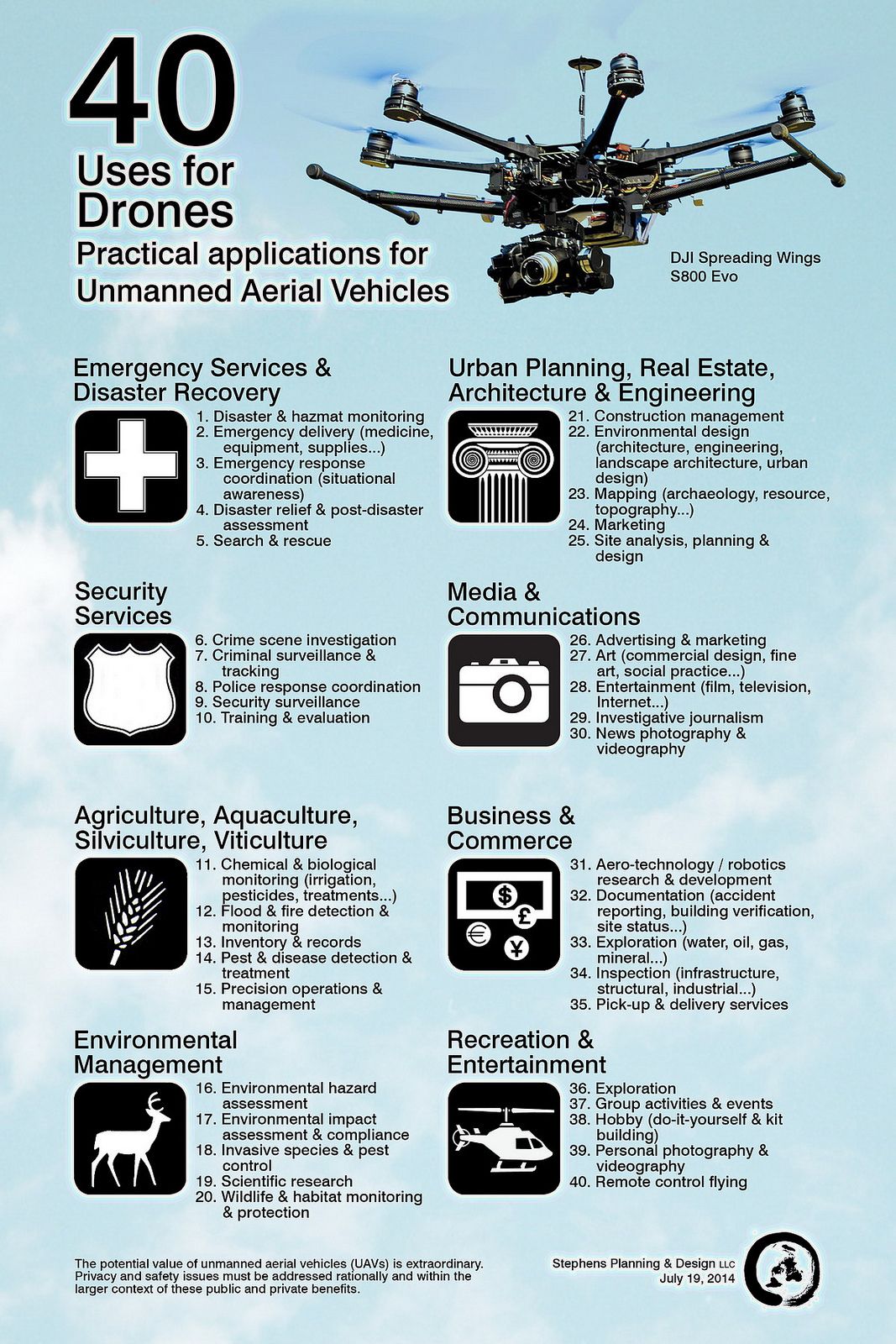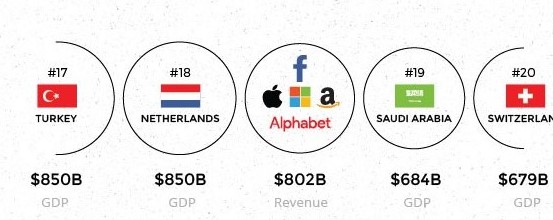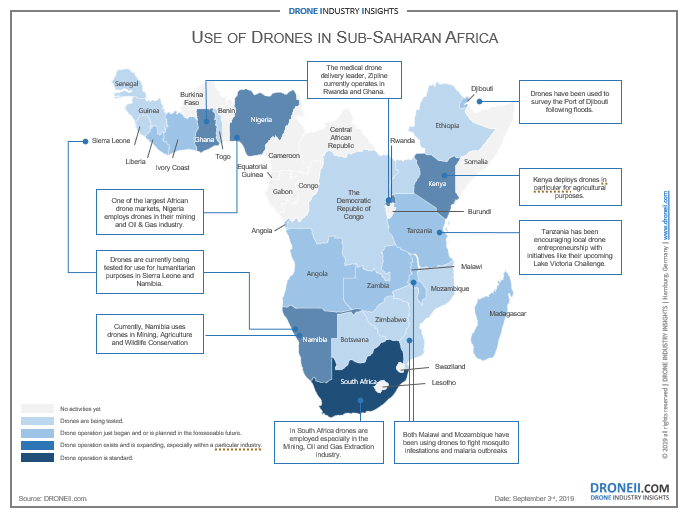 An emerging market for civilian drones
An emerging market for civilian drones
Today, drones are disrupting various industries such as agriculture, telecom, oil and gas and public safety. Drones are now also used in a wide range of civilian roles ranging from search and rescue, surveillance, traffic monitoring, weather monitoring and firefighting, to personal drones and business drone-based photography, as well as videography, agriculture and even delivery services. I myself am studying drone development, and as such, I thought it useful to show how relevant drones are in the current state of the market.

First, let’s follow the money. McKinsey reports that the drone delivery industry in the USA alone, grew from $40 million in 2012 to $1 billion in 2017. Drone delivery appeals to retail companies since drones can deliver products directly to customers in the shortest time possible. For instance, tech giant Amazon seeks to advance its dominance in retail, and in so doing, CEO Jeff Bezos frames drones as a customer-centric strategy. Nevertheless, according to the New York Times, Amazon could also save half of its delivery costs within ten years. Amazon is a huge force to reckon with - it has a revenue of $233 billion (a third of the economy of Saudi Arabia) and makes a net income of $10 billion. Consider it this way: with such a fortune as this, and provided sufficient interest in the matter, Amazon can make commercial drone delivery a widespread reality. Amazon founded Prime Air three years ago already (2016), but earlier this year has announced its new delivery system, the Amazon Scout, for implementation in a number of cities in the US later this year. They are not alone: in China, JD.com is moving ahead with widespread deployment very quickly and Alibaba is advancing as well using drone delivery to support offshore islands. Google-affiliated company Wing has a focus in humanitarian applications of drones. Ultimately, the global market for commercial drones may reach over $127 billion annually.

Just as Amazon e-commerce model revolutionized retail and distribution, Prime Air will likely spawn new industries and services:
- in consumer markets like shopping and healthcare;
- in agriculture;
- and even further, in humanitarian aid, where UNICEF has been operating Malawi’s humanitarian drone corridor.

There is certainly a flurry of applications of drones at the moment. In 2017, Flirtey announced a partnership to deliver defibrillators and emergency medicine to other parts of the U.S. BLKTATU is specializing in drone delivery to high-rise buildings. In 2015, the Australia Post started testing drone delivery of mail and packages in remote areas of Australia. Wing offers drone-delivered groceries that arrive minutes after people request them through an app. Boeing developed the passenger air vehicle (PAV) through its subsidiary Aurora Flight Sciences, which is among several companies to have partnered with Uber to realise the ride-sharing company’s vision for flying taxis. [Jan 2019]
Ultimately, when autonomous drones will expand their presence into commercial operations, drones will create insights based on harvested data and automatically translate them into decisions and actions. Most of the value generated by drones in coming years will be related to value adding service activities like data collection, management, and analysis.
This short presentation is meant to show the potential Amazon has to expand this field. Civilian drones are becoming a reality, and there is a drive for a new type of market. Let me leave you with a visual representation of the market, already back in 2016, illustrating the activity of some interesting players.


